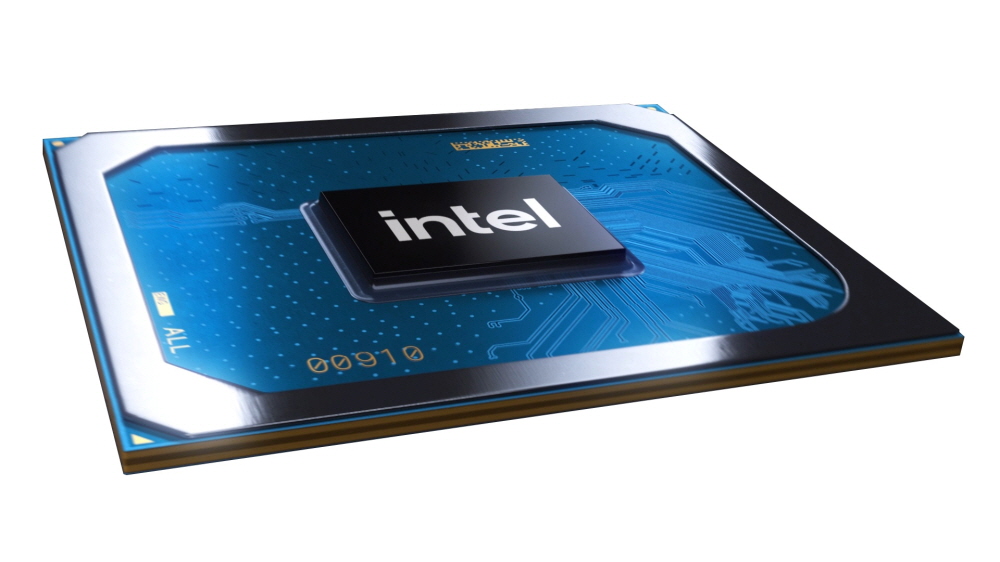
Intel announced the Intel Iris Xe MAX, a discrete GPU for slim notebooks, on October 31 (local time). For Intel, it will be released 22 years after the Intel 740 (Intel 740) announced in 1998.
Iris Xe Max has been developed under the code name DG1, and is a discrete GPU designed individually for the GPU. Intel announced a GPU called the Intel 740 in 1998. However, performance declined when compared to the GPUs introduced at the time by ATI and Nvidia. Since then, Intel has introduced types built into the CPU such as Intel HD Graphics, Intel UHD Graphics, and Iris Plus Graphics.

When comparing the specifications of the Iris Xe Max, which becomes a discrete GPU introduced in 22 years from Intel and the Core i7 1185G7 built-in GPU, which is a Tiger Lake generation mobile processor, the performance is almost the same, but the maximum dynamic frequency of the Iris Xe Max is slightly higher.
Iris Xe Max is capable of DisplayPort 1.4 and HDMI 2.0b output, and can perform H.264, H.265, and AV1 decoding. The point is that the individual GPU, Iris Xe Max, does not have to share the CPU and memory bandwidth. It is the first GPU to support LPDDR4X memory alone.
In addition, Intel Deep Link technology can be used to integrate the Iris Xe Max and the built-in CPU GPU. For example, it can speed up video encoding by simultaneously processing Iris Xe Max and Iris Xe graphics, a GPU built in Tiger Lake generation CPU. It is explained that the power efficiency can also be increased by 1.2 times through Intel Deep Link Technology.
In addition, when the Core i7-1165G7 and Iris Xe Max are linked, the high-resolution Topaz Labs Gigapixel AI processing of photos is accelerated up to 7 times.
Intel has not disclosed the size of the Iris Xe Max die and the number of transistors, but the manufacturing process appears to be using Intel 10nm SuperFin. Iris Xe Max was developed for slim laptops, and Acer, Asus, and Dell announced models simultaneously. Among them, the Acer model will be released at the end of 2020. Related information can be found here .


















Add comment